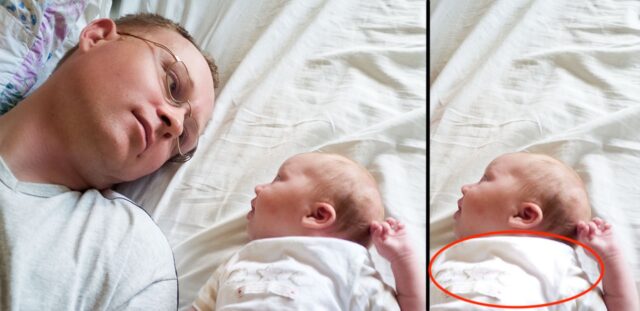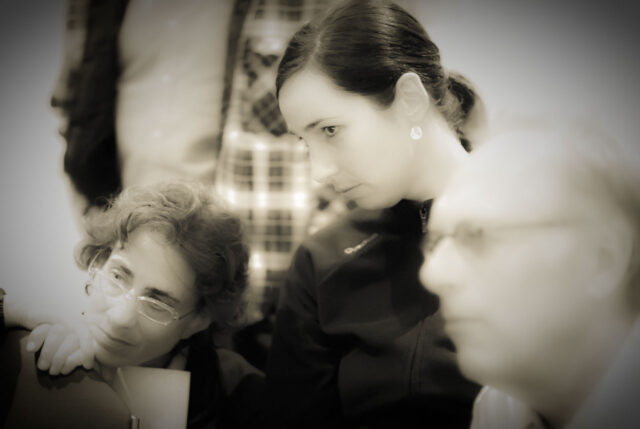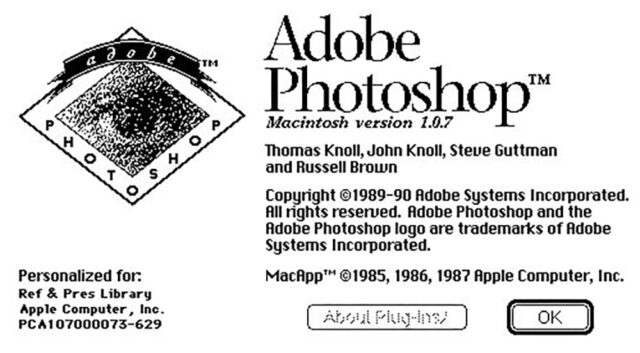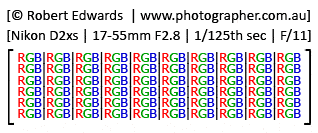Digital imaging has revolutionised photography, making it more accessible and user-friendly. Collaboration between creatives and Big Tech companies has fostered innovation, but the relationship is weakening due to a shift in focus towards influencers and a lack of respect for creatives and copyright principles. Despite this, AI has the potential to enhance creativity and productivity, but its implementation must be done with sensitivity and respect for the creative community.
Throughout history, artists have been pioneers in embracing new technologies. In the contemporary digital age, photography has experienced unprecedented advancements over the past three decades, surpassing the progress made in the preceding 180 years. This transformation has not only enhanced image quality but also rendered photography more accessible and user-friendly.
Digital cameras have revolutionised the medium, offering superior resolution, a broader tonal range, and enhanced accuracy. With predictable and repeatable results, technology provides creatives with a reliable foundation for their work.
One of the key advantages of digital photography is the option to capture images in a raw file format. This format preserves all the data captured by the sensor, enabling extensive manipulation in post-production without compromising image quality.
Post-production techniques have advanced significantly, allowing me to revisit and enhance the quality of digital images captured at the turn of the century. Utilising advanced algorithms, I can now discern details in garments from images recorded as pure white in 2002.

These small, 2.74 megapixel raw images can be effortlessly resized to 11 megapixels without any discernible loss of detail, thanks to the capabilities of artificial intelligence.
The collaboration between creatives and Big Tech companies has been mutually beneficial for decades. Partnerships, consultations, and testing new technologies have flourished, fostering an environment conducive to innovation. Tech companies gain valuable insights into the performance of their products in real-world scenarios, while creatives get early access to cutting-edge technology and the opportunity to shape the final product.
This collaborative approach extends to both hardware and software. My personal experience has primarily focused on software, driven by my passion for establishing standards to ensure the long-term viability of our images. I have had the privilege of working with engineers at several major companies and have formed valuable connections along the way.

Adobe and Apple have long been the preferred choice for creatives. Both companies also collaborate to ensure the compatibility of their new products. Adobe Photoshop is frequently utilised as a benchmark for testing new Apple computers.
Creatives were once the primary market, but now the stock market holds the reins. The past few years have witnessed a shift in tech companies’ focus, with a growing preference for influencers over creatives for feedback. Instead of prioritising product improvement, this trend appears to prioritise audience reach and marketing.
Enter artificial intelligence, the elephant in the room. AI algorithms have revolutionised my photography experience, enhancing my camera’s capabilities and reducing the size of raw image files without compromising quality. Machine learning and AI have truly made my job easier, enabling me to be more productive and take more creative risks. Adopting this new technology helps to keep me competitive in the market.
However, the relationship between Big Tech and creatives appears to be weakening. Earlier this year, Adobe’s generative AI campaign, with its tagline “Skip the photoshoot,” enraged photographers — their customers. This incident reminded me of the Yahoo CEO’s dismissive remark about removing Flickr Pro, asserting that “there’s really no such thing as professional photographers anymore,” all while using professional photography to promote the company and themselves.
Apple also experienced a public relations misstep. Renowned for its design and innovation, Apple cultivates an environment that nurtures creativity. However, an advertisement for the new iPad Pro depicted creative tools, including a camera, trumpet, record player, piano, guitar, typewriter, books, and paint tins, being crushed. This was misconstrued as a sign of Big Tech destroying humanity.

Once again, tone-deafness struck. Both Adobe and Apple promptly and sincerely apologised for the misunderstanding. After all, we are all human and make mistakes. Perhaps naively, I believe their apologies are genuine. In my opinion, the adoption of AI by Adobe and Apple demonstrates a respect for creatives. Not only are we long-term customers, but we also provide some of the work that AI is trained on.
On the other hand, emerging AI companies appear to disregard creatives and the fundamental principles of copyright, fair use, and attribution. Without creatives, there is no AI. If AI eats its poison tail, it will die.

